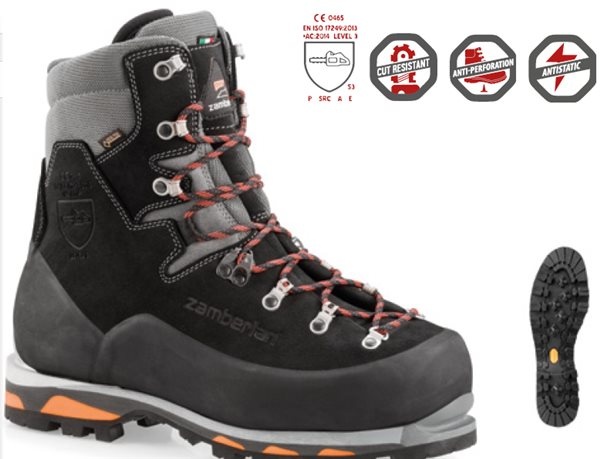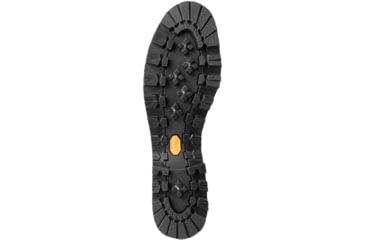

You should therefore definitely consider a safety toe of some sort.Ī steel toe, aluminium or composite toe are always a good bet. I’m curious to know how many times you’ve been struck by falling objects, getting stuck between objects and even been run over by logging equipment? Now I’m sure I don’t have to constantly remind you of how dangerous your job is.Īll that climbing, chopping, heavy lifting and working with heavy duty machinery. If that’s the case, you might want to opt for a 11 inch or taller boot with a heel and shaft that protects your lower legs as much as it does your feet.

When buying a normal work boot, we usually take it for granted that the height will be 6 inches and we don’t have to think about this, but with loggers there is a greater range in sizes.ĭefinitely flip through your memory bank and see if you’re regularly getting smacked in the legs with logs and branches. In addition to keeping you warmer and keeping debris out of your boot, tall logger boots protect more of your body from falling or rolling objects. The height of your new logger boot is something that needs to be considered. It’s also important to get welted boots that will be with you for a number of years.įor other professions I would say it’s up to you to go welt or cement construction.įor loggers, I would always suggest sticking with tried and true welted methods as you need stability. With loggers you need the most support and protection you can get, so don’t try to save money on materials. Whatever brand logger boot you decide on, make sure it’s made with full-grain leather or quality modern synthetics.

This is the what the extra heel is providing which helps your back in the long term. If you were able to lift just the heel of your foot, it brings the foot closer to level. Imagine a cross section of your foot walking up a pitched hill. The added heel height also makes it easier to traverse slopes quickly. This makes it important to have outsoles with powerful lug patterns that will give your foot a grip no matter what the ground looks like. On top of that, you’re often on a slope as well. The terrain you’re working in is wild at best, and completely uprooted at worst. Thick outsoles with raised heels will give you the footing and angle needed at work. It’s no fun getting out on the job and realizing your feet feel like they’re about 150 degrees because they don’t breathe for 9 hours at a time. While all full-grain leather is naturally waterproof, moisture-wicking, breathable liners are not naturally sewn in the inside of boots, and you’re going to have to make sure that the pair you pick offers that feature. Working at all makes a breathable liner just as good an idea.Įven on the days it’s not raining, making sure your foot gets the necessary fresh air is going to require a breathable membrane. Working outside makes waterproof boots an absolute must. Our Choice – So what are the Best Logger Boots? Features to Look For In A Logger Boot Waterproof & Breathable.Choice 5: Men’s Chippewa® 9 Inch Waterproof Steel Toe Super Logger Boots.

Choice 4: Carolina Men’s 8 Inch Waterproof Steel Toe Logger Work Boots.Choice 3: Irish Setter Elk Tracker 860 Boot, 12 Inch, Waterproof 1000g Insulation.Choice 2: Gravel Gear Men’s 10 inch Waterproof Steel Toe Logger Work Boots.
#Zamberlan logger pro pro


 0 kommentar(er)
0 kommentar(er)
